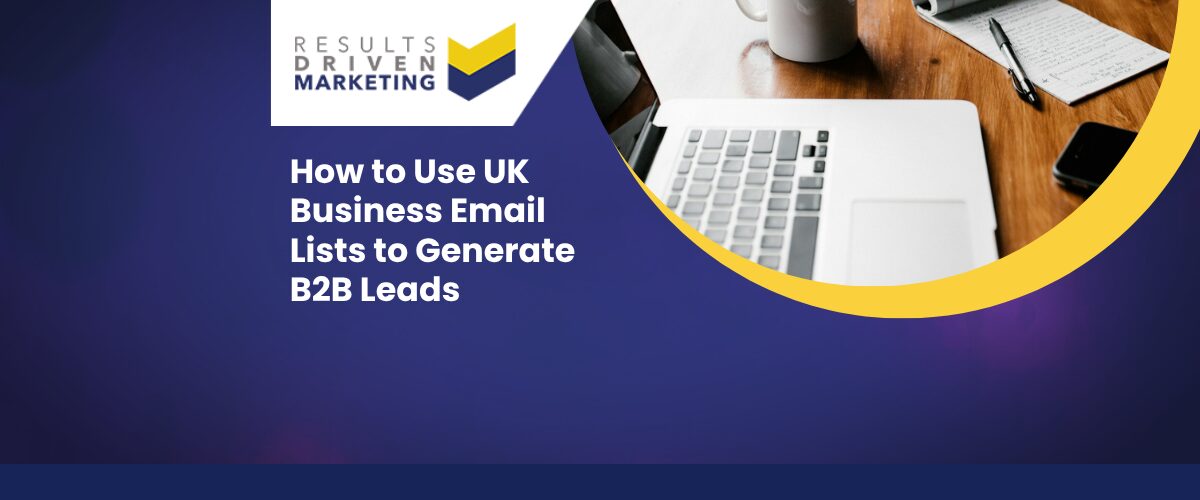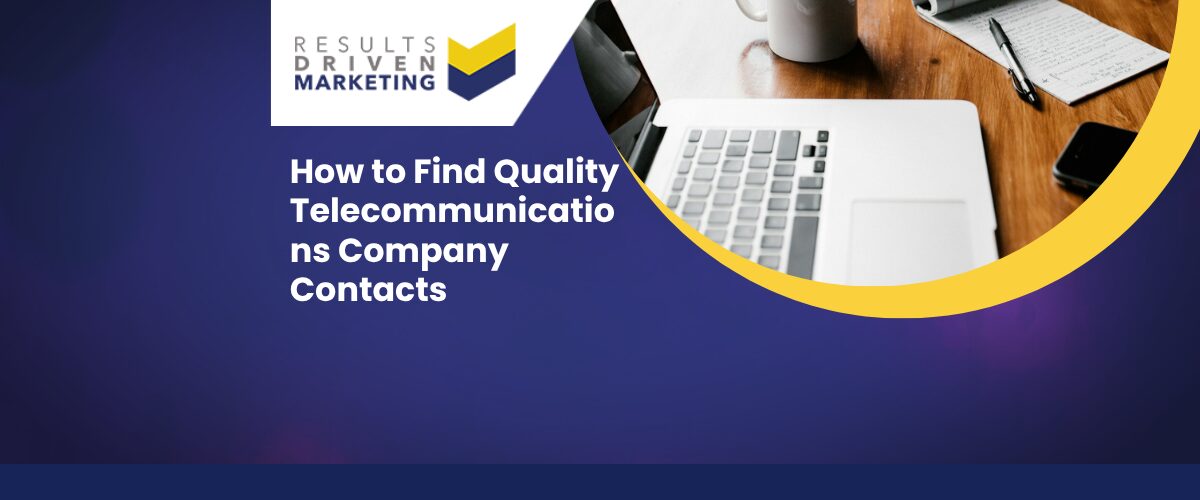
How to Succeed with Cold Email Campaigns
How to Succeed with Cold Email Campaigns
Cold email campaigns are targeted email outreach efforts where messages are sent to potential customers or clients who have not previously interacted with the sender’s brand or services. Unlike warm emails, where there is an existing relationship or prior contact, cold emails initiate the first point of contact, aiming to introduce the sender’s offerings and establish a connection.
The effectiveness of cold email campaigns as a marketing tool cannot be overstated. When executed with precision, these campaigns can significantly expand your reach, generate leads, and enhance brand visibility among new segments of potential clients. Cold emails serve as a bridge, converting unfamiliar recipients into interested prospects by tapping into unexplored markets.
Table of contents:
Understanding Your Audience
The success of your cold email campaigns largely hinges on how well you understand and connect with your audience. Tailoring your message to meet the specific needs and interests of your recipients increases the likelihood of engagement and positive response. Here’s how you can achieve this:
- Research and Segment: Start by gathering as much information as possible about your potential recipients. Segment your email list based on demographics, industry, job role, or past interactions with similar products. This segmentation helps in crafting messages that resonate on a more personal level.
- Use of Personas: Develop buyer personas to better visualise and understand the typical recipients of your cold emails. This technique allows you to anticipate their challenges and goals, making your emails more relevant and appealing.
- Behavioural Insights: Incorporate behavioural data if available, such as the recipient’s engagement with similar content or competitors, to further refine your messaging and segmentation strategy.
Crafting Your Subject Line
The subject line is the gatekeeper of your cold email campaigns. It’s the first impression you make on your recipient, and its primary job is to convince them to open the email. Here are some actionable tips to craft subject lines that significantly boost open rates:
- Be Concise and Direct: Keep your subject lines short and to the point. A clear and direct subject line often yields better open rates because it communicates the content’s essence quickly and efficiently.
- Spark Curiosity: Without giving everything away, craft a subject line that piques interest. Questions, intriguing statements, or a hint at contained value encourage recipients to explore further.
- Personalise: Whenever possible, include the recipient’s name or a reference to their company in the subject line. This personal touch can significantly increase the chances of your email being opened.
- Avoid Spam Triggers: Steer clear of words that are typically associated with spam, such as “free,” “guarantee,” or “no obligation.” These can detract from the perceived credibility of your email and increase the chances of landing in the spam folder.
Common Mistakes to Avoid:
- Overusing Caps Lock or Exclamation Marks: This can make your email appear aggressive or spammy.
- Being Too Vague: Subject lines that are overly broad or unclear can fail to capture attention or might mislead the recipient, leading to disappointments and a lack of trust.
- Ignoring A/B Testing: Not testing different subject lines can leave you in the dark about what works best for your audience. Regular testing and adaptation ensure your strategies remain effective.
By integrating these practices into your cold email campaigns, you are setting the stage for higher engagement rates and opening the door to more fruitful conversations with your prospects.
Email Body Content
Creating engaging and concise body content is crucial for the success of cold email campaigns. The goal is to communicate your message effectively and persuade the recipient to take action, all while keeping their attention focused. Here are some guidelines on crafting body content that strikes the right chord:
- Start Strong: Your opening line should immediately capture interest and clearly state the purpose of your email. This sets the tone and gives the recipient a reason to keep reading.
- Be Concise: Each sentence should add value. Avoid fluff and get straight to the point, keeping your email short and sweet to respect the recipient’s time.
- Highlight Benefits: Focus on how your product or service solves a problem or improves the recipient’s situation. Tailor this message to reflect the recipient’s specific needs or pain points.
- Use Bullet Points: If you’re listing benefits or important information, bullet points can make the email easier to digest quickly.
Examples of Strong Opening Lines:
- “I noticed you recently [specific action], and I thought you might be interested in how we’ve helped others in similar situations.”
- “Are you struggling with [common pain point]? Our [product/service] may be the solution you’re looking for.”
Effective Calls-to-Action:
- “Would you be available for a quick call next Tuesday to discuss this further?”
- “Click here to receive a detailed guide on improving your [specific process].”
Personalisation Techniques
While including the recipient’s name is a basic step, successful cold email campaigns often leverage deeper personalisation tactics to enhance relevance and engagement:
- Content Customisation: Use information about the recipient’s business or industry to customise the content of your email. Mention recent events or achievements related to their business to show that your message isn’t generic.
- Behavioural Personalisation: Incorporate data from previous interactions the recipient may have had with your website or emails. For instance, mention a whitepaper they downloaded or an article they spent time reading.
- Dynamic Content: Utilise dynamic content that changes based on the data you have about the recipient. This could include different images, offers, or case studies that resonate more strongly with various segments of your audience.
Optimising Send Times
The timing of your cold email campaigns can significantly impact their effectiveness. Here’s what you need to know about optimising send times:
- Industry Statistics: Studies suggest that emails sent on Tuesday, Wednesday, or Thursday generally have higher open rates than those sent on weekends. Mid-morning or early afternoon are peak times when people are most likely to check their emails.
- Time Zone Awareness: Consider the time zone of your recipients and schedule your emails to arrive during their local peak times.
- Continuous Testing: What works best can vary widely among different industries and audiences. Continuously test and adjust your send times based on the engagement data you collect.
Tools and Software for Scheduling Cold Email Campaigns:
- Email Automation Platforms: Tools like Responder offer robust features for scheduling and automating email campaigns, ensuring your emails hit the inbox at the optimal time.
- Analytics Tools: Utilise analytics to monitor how different send times affect your open and response rates. Adjust accordingly to maximise the impact of your campaigns.
By incorporating these techniques into your cold email campaigns, you can increase the chances of your emails not only being opened but also acted upon, paving the way for more effective and personalised engagements.
Following Up
An often overlooked yet crucial aspect of successful cold email campaigns is the follow-up. These emails can make the difference between a missed opportunity and a fruitful relationship. Here’s why they’re important and how best to approach them:
- Reinforcing Interest: Follow-up emails remind the recipient of your initial contact and reinforce your interest in their business.
- Increasing Response Rates: Statistics show that follow-up emails often have higher response rates than initial emails, as they keep the conversation going and demonstrate persistence.
Guidelines for Follow-Up Emails:
- Timing is Key: Wait 2-3 days after your initial email to follow up. This shows you respect the recipient’s time to process the information without appearing pushy.
- Keep It Fresh: Bring new information into the follow-up that adds value, rather than simply repeating what was said in the first email.
- Clear Call-to-Action: Reinforce what you would like the next steps to be, whether it’s scheduling a call, answering a question, or viewing a demo.
- Limit the Number: Generally, one to two follow-ups are sufficient. More than this can begin to seem intrusive.
Measuring Success
To truly understand the impact of your cold email campaigns, it’s essential to track specific metrics that reflect their performance. Here’s what to monitor:
- Open Rate: Measures how many people on an email list open a given email. A low open rate might suggest issues with your subject lines or send times.
- Response Rate: Tracks how many recipients respond to your email. This is a direct indicator of how compelling your message and call-to-action are.
- Conversion Rate: Looks at how many of the recipients who opened the email took the desired action, such as filling out a form or purchasing a product.
Tools for Tracking Email Performance:
- Google Analytics: Use this to track how email recipients interact with your website post-click.
- CRM Software: Tools like Salesforce or Zoho can help track interactions and conversions from emails to better understand the customer journey.
- Email Marketing Platforms: Platforms such as Responder provide built-in analytics for open rates, click rates, and more.
Legal Considerations
Staying compliant with email marketing laws is not just good practice—it’s essential. Here’s a quick overview:
- GDPR (General Data Protection Regulation): If you’re sending emails to anyone in the EU, ensure you provide a clear way to unsubscribe.
- CAN-SPAM Act: U.S. law that sets rules for commercial email, establishes requirements for commercial messages, gives recipients the right to have you stop emailing them, and spells out tough penalties for violations.
Conclusion
To wrap up, mastering cold email campaigns requires understanding your audience, crafting engaging content, optimising send times, following up effectively, and continually measuring the results. Remember:
- Regularly refine your approach based on performance metrics.
- Stay adaptable; what works today might not work tomorrow as audience preferences and technologies evolve.
We encourage you to keep testing different strategies and iterating based on feedback and analytics. The landscape of email marketing is constantly shifting, and staying proactive in your strategies will keep you ahead of the curve. Happy emailing!
Who Are We?
Dedicated to lead generation, Results Driven Marketing provides myriad services SMEs can trust to deliver results.
Our marketing lists are guaranteed accurate to industry high standards, and GDPR compliant and our experience team means that if you are looking to buy data, they make them totally bespoke and highly relevant whether you are looking for email lists, direct mailing lists , international data or telemarketing lists
Our email marketing software is highly rated. Responder provides the automation tools you need to put your marketing on autopilot.
We also supply email marketing solutions with our email marketing platform.
Have a look a what our happy clients have to say about us on our testimonials page
Call us today on 0191 406 6399 to discuss your specific needs.
Results Driven Marketing
info@rdmarketing.co.uk
Contact Us
0191 406 6399





